
Toddler nutrition is like a new city. You don’t know where to start, but we’ve covered you. We’ll break down the mystery of toddler nutrition and give you a map of easy-to-eat lunches. You’ll be crafting healthy, homemade lunches in no time with our finger-friendly food ideas. The Lunch Pro covers you whether you’re in a rush or need lunchbox inspiration. Let’s get started!

Before cooking for your little one, you must understand their nutrition needs. Nutrient absorption in toddlers is not the same as in adults. Their tiny tummies need a different approach to their stage of development.
Toddler-specific dietary guidelines balance macronutrients (proteins, carbohydrates, and fats) and micronutrients (vitamins and minerals). It’s not just about the amount of food but also the quality. Toddlers need nutrient-dense foods to fuel their nonstop adventures as their bodies grow and develop rapidly.
Take proteins, for example. They are the building blocks of cells and are essential for the growth and repair of tissues. Carbohydrates are the primary source of energy and fuel for exploring and playtime. Fats, especially those rich in omega 3, are important for brain development.
Iron, calcium, and vitamin D are the micronutrients in their diet. Iron is essential for cognitive development, calcium is essential for bone growth, and vitamin D is necessary for calcium absorption.
Knowing these basics will help you cook meals that not just fill their tummies but nourish their bodies. It’s a labour of love.
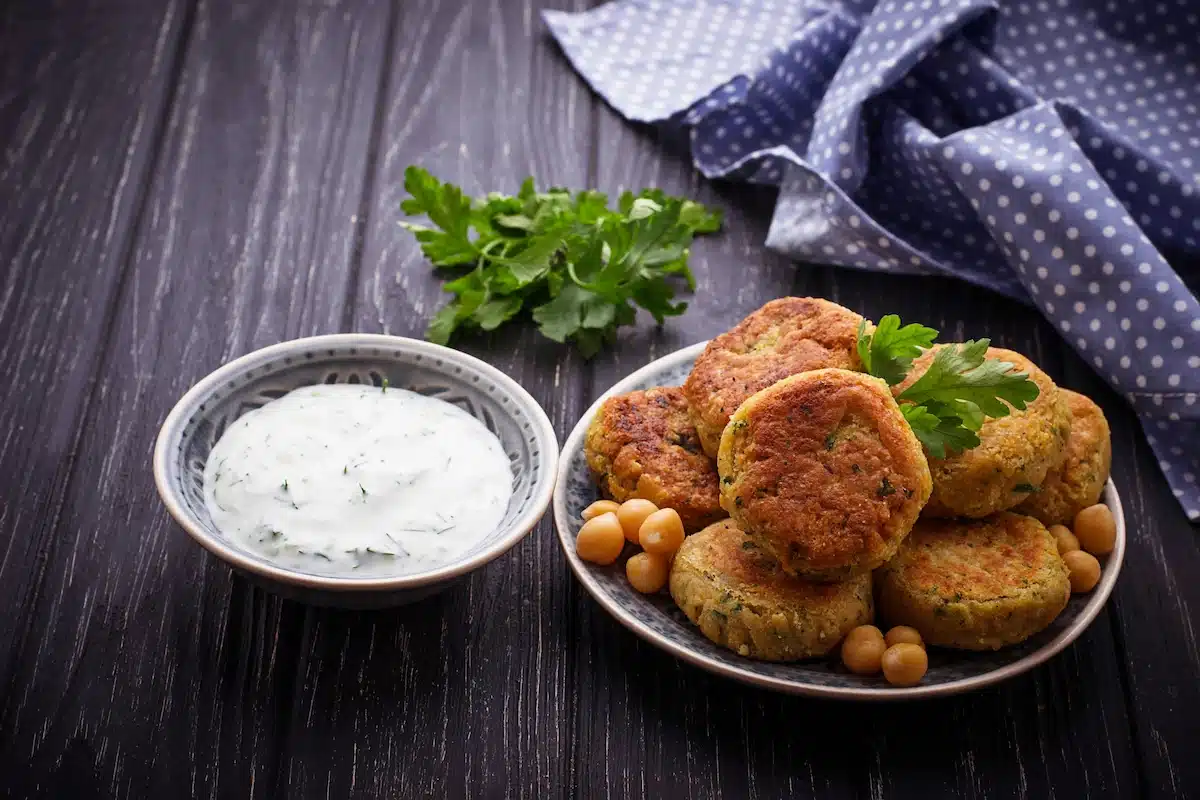
Now that you’re armed with the basics of toddler nutrition let’s explore some finger food-friendly lunch ideas that your little one can easily enjoy. Finger foods are a great way for toddlers to explore textures and tastes and practice their motor skills.
Why not make lunchtime a cultural exploration? Have fun exploring cultural finger foods together. Here are some ideas:
Don’t forget the dipping sauces! They can make these meals even more fun and tasty. A simple yogurt dip or homemade tomato sauce is a great addition. Introducing your toddler to new foods can make them adventurous eaters and make meal times more enjoyable for everyone. Let’s make lunchtime delicious, fun, and educational for your little one!
Let’s discuss healthy homemade lunches you can cook for your toddler. Your child’s nutrition is important, and these meals allow you to control the ingredients so you can ensure their diet is balanced and nourishing.
Creative Presentation Tips can make mealtime fun and encourage your toddler to try new foods. Use cookie cutters to cut sandwiches into fun shapes or arrange fruits and veggies to make a smiley face. Use colourful plates or bowls to make meals more appealing. We eat with our eyes first, and your toddler is no different!
But what about Allergen-Friendly Recipes? Don’t worry—you are not alone. Many parents face this challenge, and many delicious and nutritious options exist. Try quinoa salad with veggies or allergen-free pasta with homemade tomato sauce. Just switch up the fruits, veggies, and proteins regularly to get various nutrients.
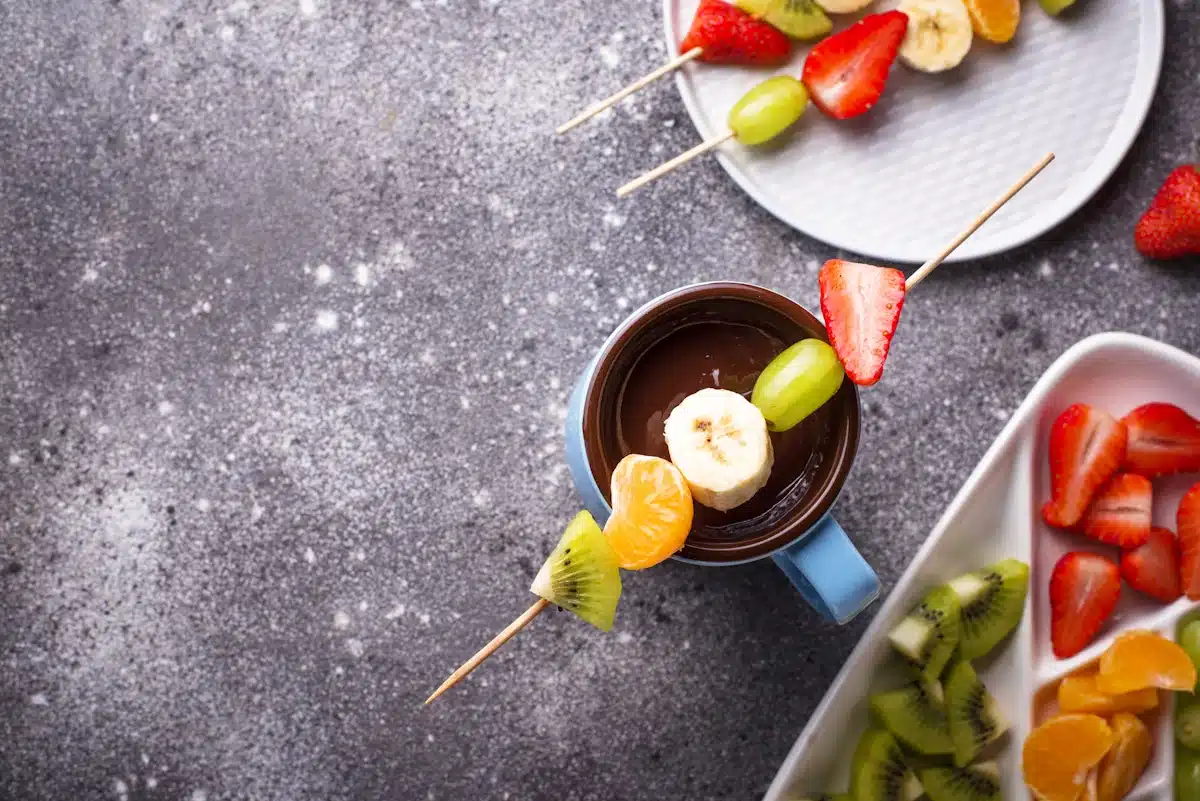
Now, onto your child’s quick and easy lunches; you’ll find it easy to make healthy meals in no time. The key is to focus on toddler-friendly sandwiches and meal prep
Here are some ideas to get you started:
Having these quick and healthy options on hand will make lunchtime a cinch. Remember, meal prep isn’t about making gourmet meals every day. It’s about having nutritious and appealing options ready when hunger hits.
Meal prep will also save you time and stress. You might be surprised how much easier meal times can be when you’re not running around like a headless cook at the last minute.
After all, your child’s nutrition is essential, but so is your sanity. We’re creating a community of parents raising healthy, happy kids. Stay tuned for the next section, where we’ll share more lunchbox ideas for toddlers.
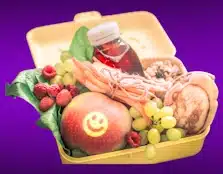
In this section, you’ll find many creative and healthy lunchbox ideas for your toddler. Let’s start with portable meals. Mini wraps with avocado and turkey or hummus and shredded carrot are easy for little hands to hold. You could also try pasta salads with colourful veggies, cheese cubes and chicken chunks.
Quiche muffins make a great lunch and are customizable. You can choose ingredients your toddler loves, such as spinach and feta or ham and cheese. Pack these with cherry tomatoes and cucumber slices for a balanced meal.
Allergy-friendly lunches: Gluten-free pasta salads, rice cakes with almond butter, and dairy-free veggie muffins are great options. You’re not alone in this. There’s a whole community of parents like you looking for healthy options for their toddlers. Reach out, share your ideas, and learn from others.
These are just a few ideas to get you started. Remember, variety is key to keeping your toddler interested in their lunchbox. Happy meal prep!
In summary, feeding your toddler doesn’t have to be a war. With some knowledge of their nutritional needs, simple, healthy, homemade meals are your best friend. The options are endless, from finger food ideas to quick and easy lunches. So, pack that lunchbox with love and a dash of creativity for a well-fed, happy toddler. It’s not just about filling their tummies but also their growing bodies and minds.

Our 2024 guide to the 5 best pancake spatulas for flipping like

Transform your midday meal into a powerful tool for success with our
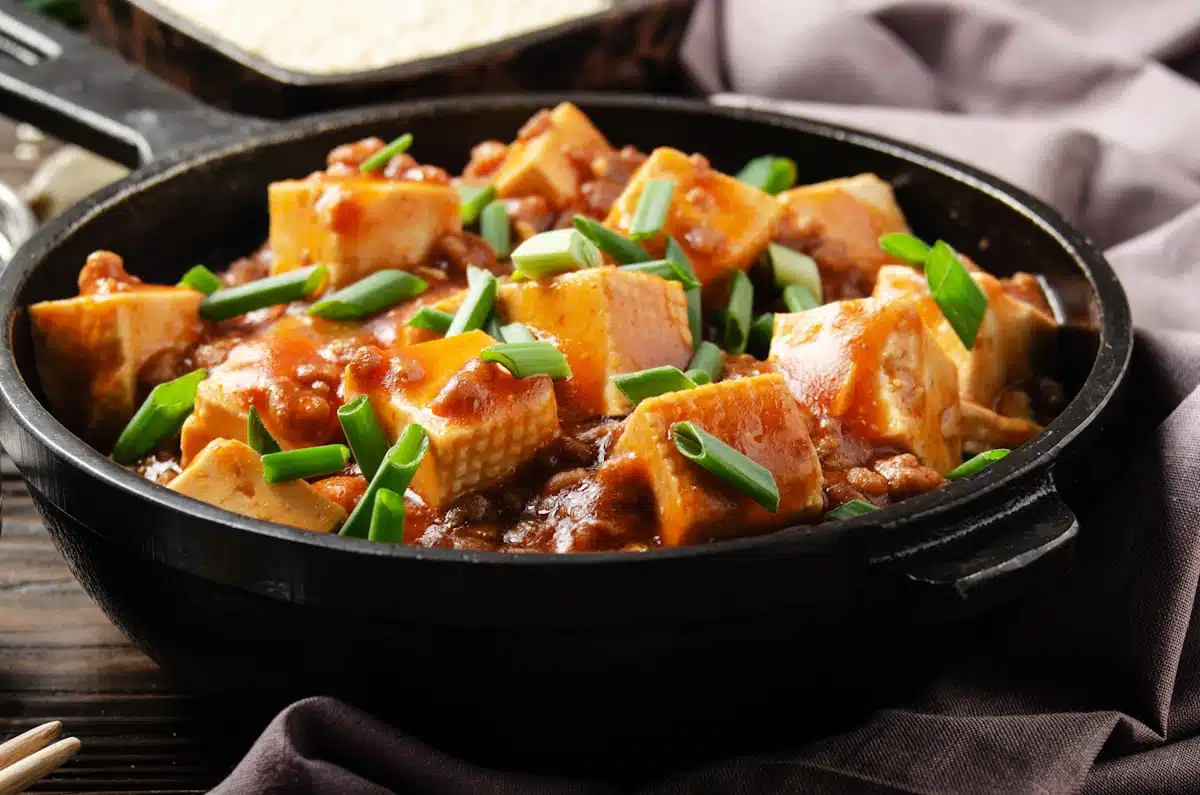
Craving delicious Chinese lunch ideas? We’ve got you covered with a delectable
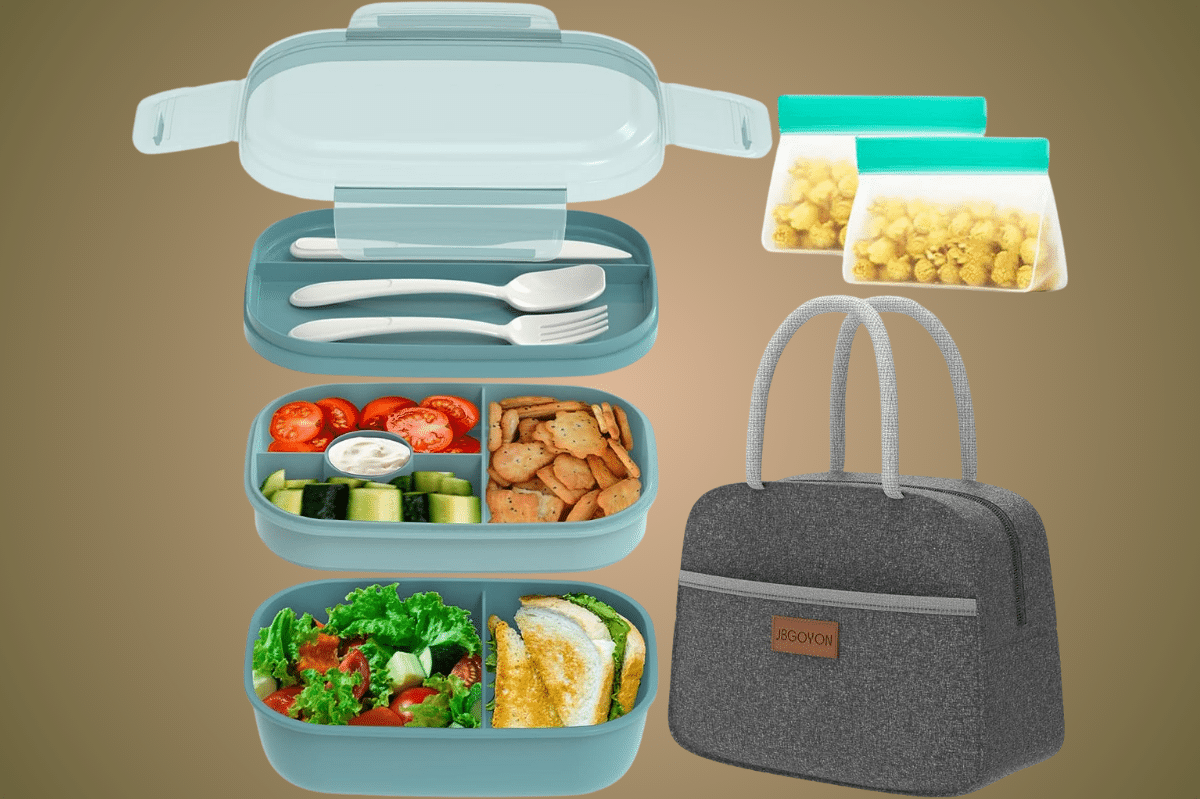
We’ve scoured the market and found the top 5 bento boxes for

For those adapting to the increasing teleworking trend, the lunch break takes on a new dimension. Here, the challenge is not about escaping the office environment but enhancing the home setting to create a refreshing break from work.
The Lunch Pro addresses these needs by offering creative ideas for time-efficient and satisfying home meal preparations, ensuring that teleworkers can effectively detach from their work roles, even briefly.